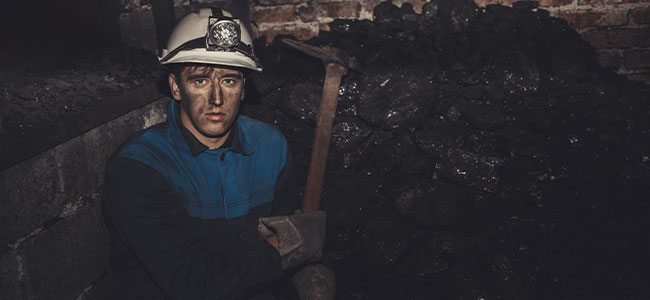
MSHA Passes Final Rule Protecting Miners from Silica Dust Exposure
The updated rule could potentially to prevent thousands of miners from becoming affected.
- By Robert Yaniz Jr.
- Apr 18, 2024
The Mine Safety and Health Administration (MSHA) has updated regulations to protect miners from the effects of respirable crystalline silica, commonly known as silica dust.
According to a recent release, the rule sets the permissible exposure limit for silica dust at 50 micrograms per cubic meter of air over an 8-hour work shift. If this is exceeded, mining operators must immediately implement measures to reduce dust levels. The move is a significant step in combating workplace-related illnesses in the industry.
"It is unconscionable that our nation’s miners have worked without adequate protection from silica dust despite it being a known health hazard for decades,” Acting Secretary Julie Su said in a statement. “Today, the Department of Labor has taken an important action to finally reduce miners’ exposure to toxic silica dust and protect them from suffering from preventable diseases. Mining communities across the country should know that the Biden-Harris administration is determined to do what must be done to ensure that miners come home safe and healthy at the end of every day.”
The updated rule also introduces mandatory engineering controls to prevent overexposure to silica as well as advanced methods for dust sampling and environmental monitoring. One such addition is the requirement for metal and nonmetal mine operators to set up medical surveillance programs, which will provide regular health exams at no cost to the miners, similar to measures in place for coal miners.
The update also includes a revised standard for respiratory protection, reflecting the latest advancements in the field. This standard will offer enhanced protection against silica dust and other airborne hazards, such as diesel particulate matter and asbestos.
“This rule reducing miners’ exposures to toxic silica dust has been a long time in the making, and the nation’s miners deserve its health protections,” MSHA Assistant Secretary Chris Williamson said in a statement. “Congress gave MSHA the authority to regulate toxic substances to protect miners from health hazards and made clear in the Mine Act that miners’ health and safety must always be our first priority and concern. To further advance this directive, MSHA is committed to working together with everyone in the mining community to implement this rule successfully. No miner should ever have to sacrifice their health or lungs to provide for their family.”
Inhalation of silica dust has been proven to lead to severe and often fatal illnesses, such as silicosis, lung cancer and chronic kidney disease. MSHA’s implementation of this rule is projected to prevent approximately 1,067 deaths and 3,746 cases of silica-related illnesses over the lifetimes of those affected, the agency said in a release.
For more information on the updated silica rule, visit the Federal Register website.
About the Author
Robert Yaniz Jr. is the Content Editor of Occupational Health & Safety.